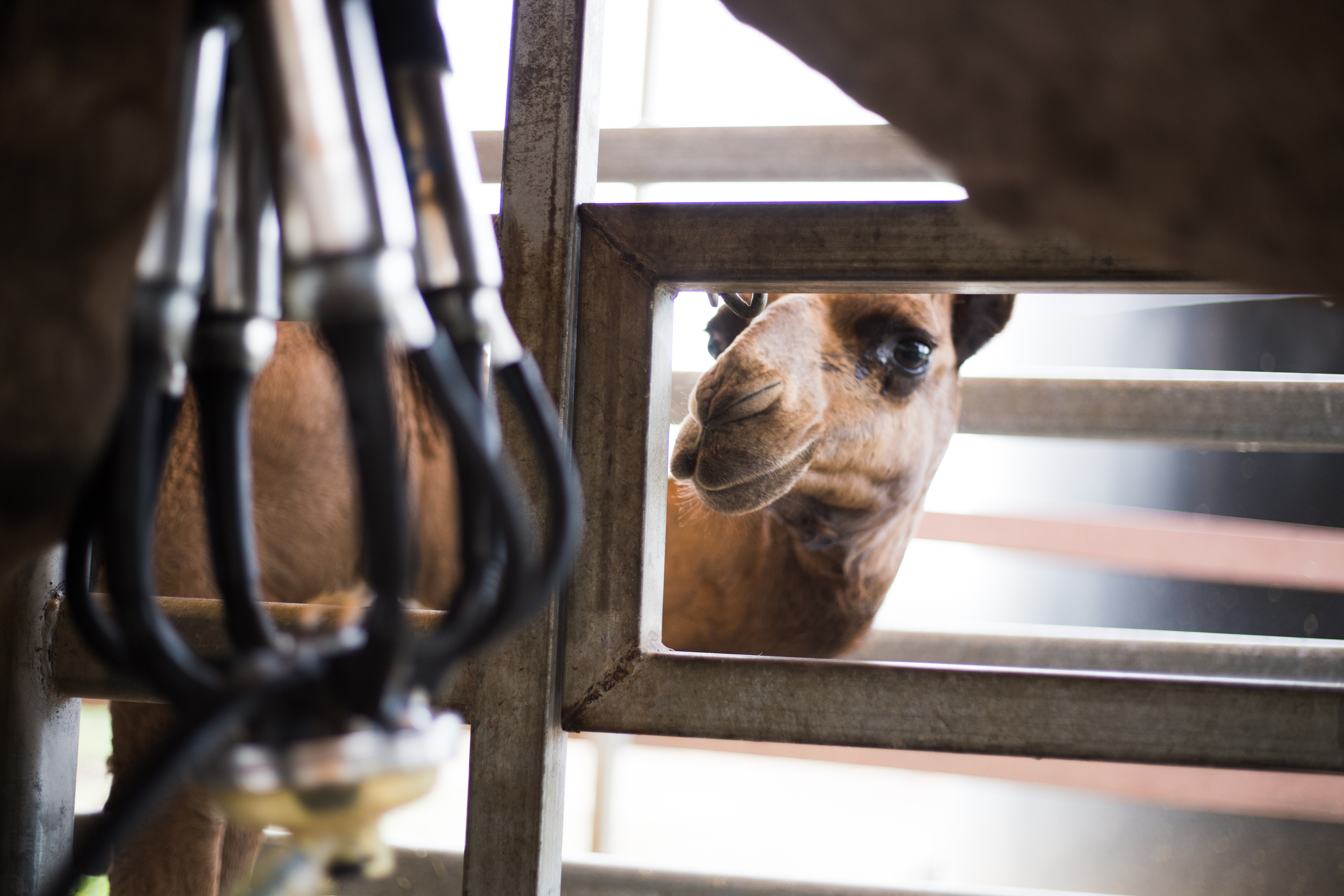Part of RIRDC’s mandate is to identify, research and invest in emerging agriculture industries across Australia that have the potential to boost our agricultural production and contribute to the sustainability and profitability of regional Australia. These emerging industries often start out small as alternative enterprises or income sources for rural and regional communities, but with the right support and circumstances, they become our future production powerhouses. Like avocados 30 years ago or canola oil 25 years ago, in time camel milk and jujubes could be mainstream consumer products and make large contributions to Australia’s agricultural GDP.
Camel milk
The first fledgling industry to mention is camel milk. Milk from camels has been consumed by people for more than 6,000 years, much longer than we have consumed cows’ milk. Currently, the global production and consumption of camel milk is dominated by countries in North and East Africa, the Middle East and parts of Asia, but that is changing.
While camel milk tastes and looks similar to cows’ milk, its promoter’s claim some impressive health properties that consumers in Australia and the United States are starting to catch on to. Some of these include the capacity to alleviate food and seasonal allergies, usefulness in reducing insulin dependency, ease of digestion and assistance with gut allergies associated with the autism spectrum, Crohn’s Disease, ADD and ADHD. No doubt more research is required to validate some of these claims.
Sold in both pasteurised and unpasteurised form, demand for camel milk in Australia currently outweighs supply and the new-found popularity of the product is driving the expansion of existing camel dairies and development of new enterprises in Victoria and Queensland. Over the next five years, don’t be surprised to see a major increase in Australian camel milk production.
The fact that camels are so well suited to Australian conditions and we have a large population of wild camels is also assisting with the growth of the industry. In fact, some dairies are domesticating wild female camels (also known as cows) to use as dairy camels.










